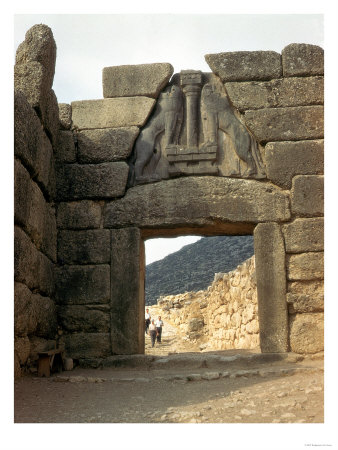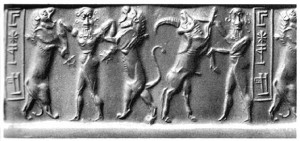Starting with one simple notion, familiar motifs as used in heraldry are known to originate from early times. The question is: How early? In researching the links between Britain and the ancient near east, art and architecture, having survived, and easier to understand than cuneiform or other ancient writing forms, is an obvious place to begin.
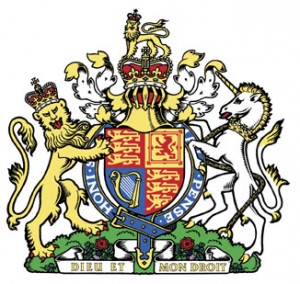
The concept of upright (in heraldry, described as ‘rampant’), somewhat anthropoid (that is, with certain human characteristics), yet distinctive animals, real and mythical, is an ancient one. Note the wolves/dogs symmetrical stance in this example :
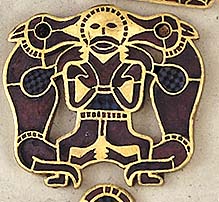
Most archaeologists and commentators believe the artefacts in the Sutton Hoo boat grave to be Anglo Saxon. H W Chadwick believed the king buried there was Raedwald, c.620AD. We should not rule out the possibility that the accompanying grave goods are stolen goods, originally native British. The motif displayed above from Sutton Hoo has been compared with earlier Gilgamesh seal motifs from Mesopotamia:
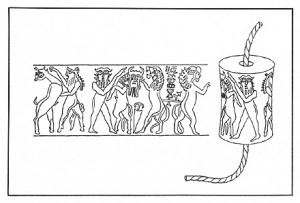
Finally a diversion to the famous Lion Gate at Mycenae. Does the motif serve the same heraldic function? More research is needed.